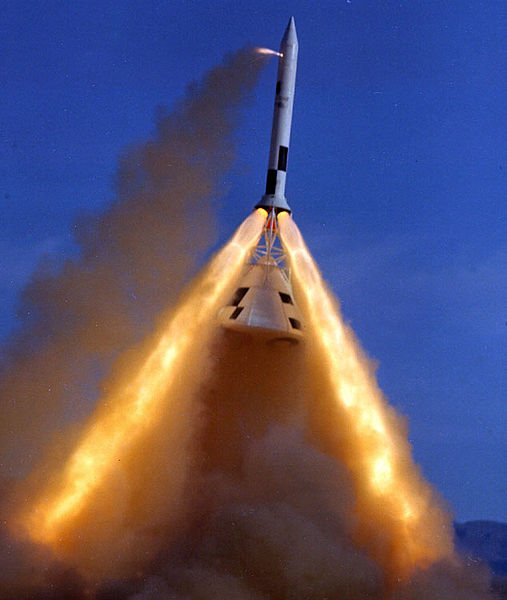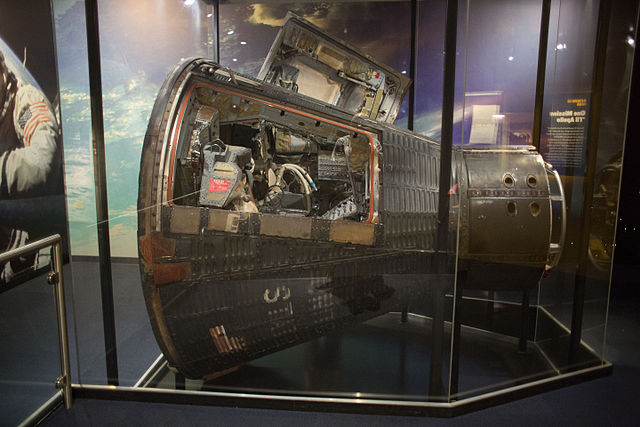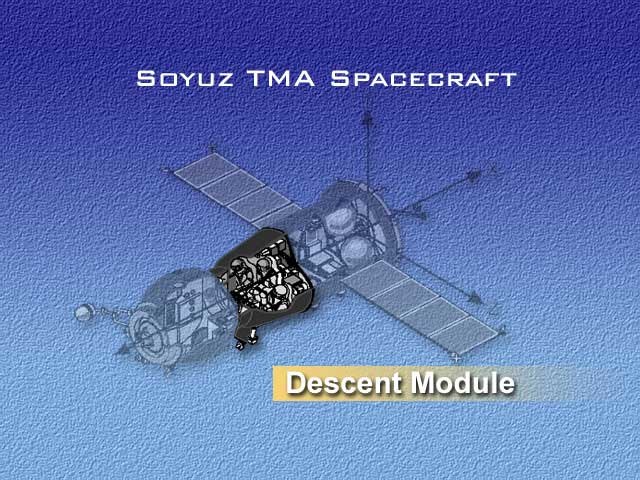A launch escape system (LES) or launch abort system (LAS) is a crew-safety system connected to a space capsule. It is used in the event of a critical emergency to quickly separate the capsule from its launch vehicle in case of an emergency requiring the abort of the launch, such as an impending explosion. The LES is typically controlled by a combination of automatic rocket failure detection, and a manual activation for the crew commander's use. The LES may be used while the launch vehicle is still on the launch pad, or during its ascent. Such systems are usually of three types:A solid-fueled rocket, mounted above the capsule on a tower, which delivers a relatively large thrust for a brief period of time to send the capsule a safe distance away from the launch vehicle, at which point the capsule's parachute recovery system can be used for a safe landing on ground or water. The escape tower and rocket are jettisoned from the space vehicle in a normal flight at the point where it is either no longer needed, or cannot be effectively used to abort the flight. These have been used on the Mercury, Apollo, Soyuz, and Shenzhou capsules.
Diagram of Gemini's launch escape sequenceThe crew are seated in seats that eject themselves as used in military aircraft; each crew member returns to Earth with an individual parachute. Such systems are effective only in a limited range of altitudes and speeds. These have been used on the Vostok and Gemini capsules, and Space Shuttle Columbia during its testing phase.
Thrusters integrated in the capsule or its detachable service module having the same function as an escape tower, as in the case of Crew Dragon, Starliner and New Shepard.

Diagram of Gemini's launch escape sequence
Apollo LES pad abort test with boilerplate Command Module.
The escape system unintentionally blasted off from the Mercury spacecraft on the failed Mercury-Redstone 1 mission
The escape tower used by Shenzhou
A space capsule is a spacecraft designed to transport cargo, scientific experiments, and/or astronauts to and from space. Capsules are distinguished from other spacecraft by the ability to survive reentry and return a payload to the Earth's surface from orbit or sub-orbit, and are distinguished from other types of recoverable spacecraft by their blunt shape, not having wings and often containing little fuel other than what is necessary for a safe return. Capsule-based crewed spacecraft such as Soyuz or Orion are often supported by a service or adapter module, and sometimes augmented with an extra module for extended space operations. Capsules make up the majority of crewed spacecraft designs, although one crewed spaceplane, the Space Shuttle, has flown in orbit.
Crew Dragon approaching the ISS in March 2019 during Demo-1
The Gemini 12 capsule from the 1966 10th and final mission of Project Gemini, flown by Jim Lovell and Buzz Aldrin (exhibited at Chicago's Adler Planetarium)
The Apollo 15 command and service module in orbit around the Moon taken from Falcon, the mission's Apollo Lunar Module
The Soyuz spacecraft, with reentry capsule (Descent Module) highlighted








